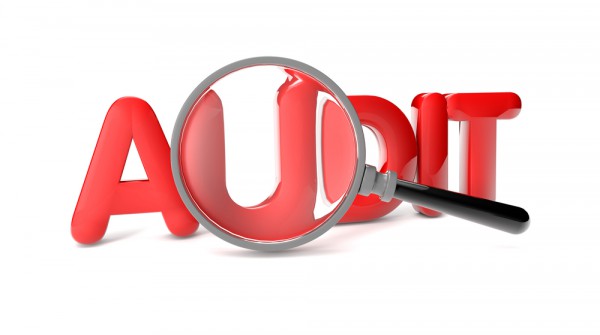What Is a Software Audit?
A software audit is a formal review of an organisation’s software suite which can be limited to one manufacturer (for example, a Microsoft or Adobe-specific audit), or open to all operating software within a business.
In a lot of cases, audits will be conducted by specific manufacturers (or parties acting for those manufacturers) who are interested exclusively in their own products. However, businesses may have a partnering company who can do a complete audit on their entire software suite.
The purpose of a software audit is to determine the nature of a software product, software process, or set of software processes to assess compliance with specifications, standards, contractual agreements, or other criteria. The manufacturer is then permitted to conduct an audit at their leisure to ensure that the agreement has been adhered to. Note that “Agreed to Terms” may be implied if you are simply using their software.
The Difference Between Manufacturer & Preparatory Audits
Manufacturer audits
A manufacturer will conduct an audit to ensure their IP and relevant agreement are being protected. The audit may detect, amongst other things, the use of pirated, expired,
or unauthorised software. Typically, a manufacturers audit will result in compliance, or, the business being required to take immediate action to prevent further legal or nancial penalties.
Preparatory audits
Preparatory audits are audits conducted by a business itself or by a partnering organisation such as eStorm. A preparatory audit can examine the compliance of all software within an environment, and can reallocate licenses that aren’t being used, saving the organisation money. Feasible and potentially more economical strategies can then be devised to address potential non-compliance issues.
Common Non-compliance Issues
Software not evolving with changes in IT systems or hardware may conflict with your licensing structure or agreement. Some software license contracts may be aligned with certain technologies and once these technologies are replaced or upgraded, the license agreement you were operating under may be unintentionally compromised.
Not conducting regular internal software audits. Regular internal software audits can save businesses a lot of trouble. They can be executed any which way a business chooses – by acquiring a partnering business to examine the environment, or by walking around the of ce with a clipboard and pen. Whichever method a business chooses will help avoid compliance issues should an external audit be thrust upon your company.
An unclear software licensing policy inside an organisation can catch them unaware of potential licensing breaches. Multiple license types – open licensing, OEM, per device, per user, volume licensing, upgrade licensing etc, can make it decidedly tricky to understand what can and cannot be done with particular licenses.
Example: A business may buy 100 per-device licenses. If they “ghost” (or replicate) an image of one PC to create a standardised desktop, a new license will be required for each new system that the replicated image is loaded on to. The new system will still work without a new license, however “sharing” a license could be in breach of the original agreement.
Not establishing and enforcing software installation and usage policies can complicate software licensing issues from day one. Installation and usage policies are critical to outlining how software is to be utilised, shared, or acquired within a business. The usage policy will outline what is acceptable (or legal) and what is not. The consequences of breaching these policies also need to be communicated.
Not dedicating the responsibility of compliance to an internal team or business partner will hinder a businesses ability to stay on top of their software licenses. Whilst allocating responsibility to one person inside a business creates bottlenecks and redundancy issues, an internal team or external business partner can strategise ways to ensure your organisations software is compliant by conducting regular preparatory audits as part of their regular business-as-usual activities.
What Could Possibly Go Wrong?
During the 2013 calendar year, 58% of 1800 executives surveyed from Australia, the USA and Europe said they had been audited by one major manufacturer of software, whilst 20-30% acknowledged that they had been audited by at least four other major software brands. Of those who were audited, more than 20% incurred “true-up” costs of more than $1M, while the majority of respondents incurred costs of around $100K.
Ensure your business is protected from Software auditing and speak to an eStorm Managed Services representative today.


